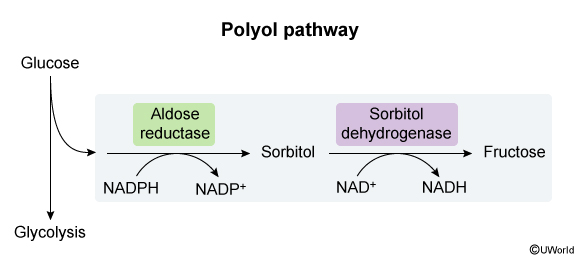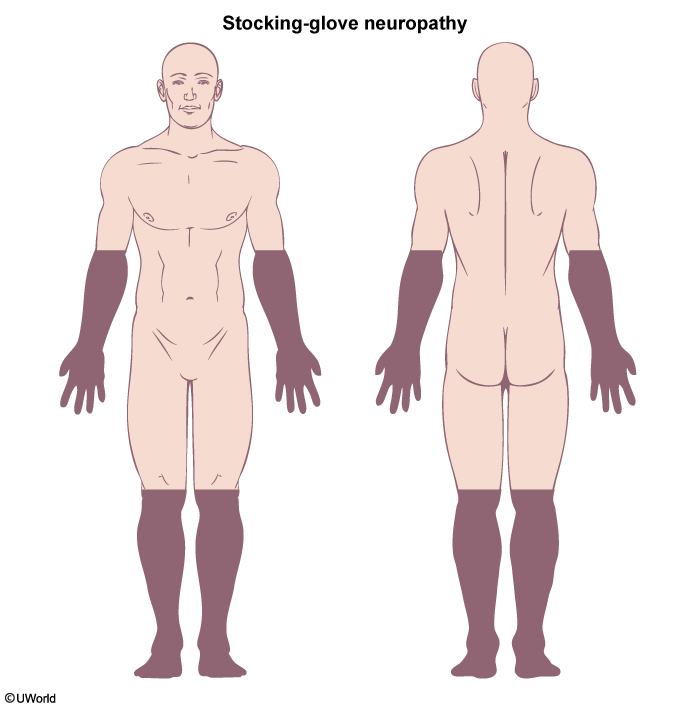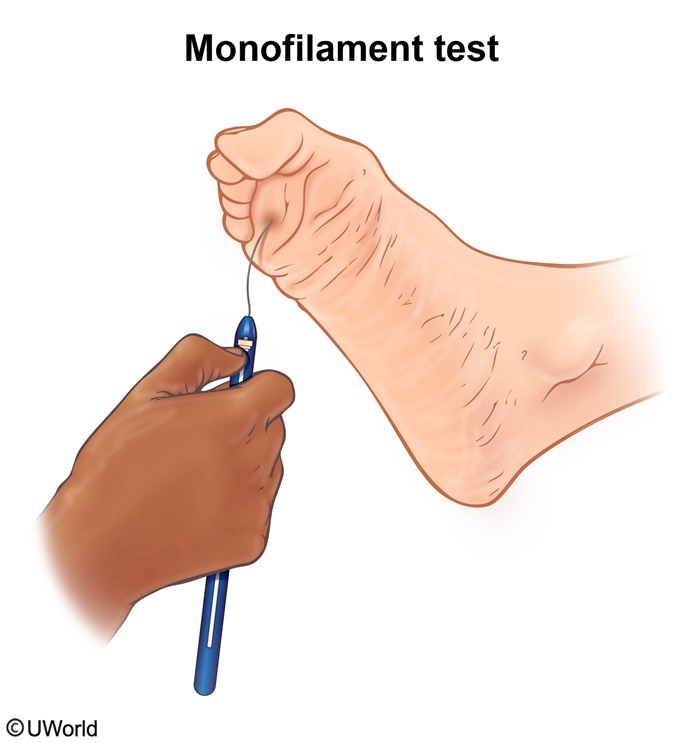Diabetic Neuropathy
Article Sections
Introduction
The major complications associated with diabetes mellitus (DM) include the following:
Macrovascular complicationsThese affect larger blood vessels and include:
- coronary artery disease
- cerebrovascular disease
- peripheral artery disease
These complications are driven by accelerated atherosclerosis, plaque formation, and vascular occlusion, as well as effects of comorbid risk factors (eg, hypertension, dyslipidemia, obesity).
Microvascular complicationsThese involve damage to small blood vessels (ie, microangiopathic damage) and include:
- diabetic eye retinopathy
- diabetic nephropathy
- diabetic neuropathy
These complications are driven by chronic hyperglycemia-induced endothelial dysfunction.
This article focuses on diabetic neuropathy, the most common cause of neuropathy. As with other DM-related complications, the risk for diabetic neuropathy is strongly influenced by degree of glycemic control and duration of diabetes. Several subtypes of diabetic neuropathy exist. The most common subtype is distal symmetric polyneuropathy; other types include autonomic neuropathy (eg, gastroparesis, bladder dysfunction, diarrhea), mononeuropathies affecting cranial and peripheral nerves, and mononeuropathy multiplex (affecting multiple peripheral nerves asymmetrically).
Continue Learning with UWorld
Get the full Diabetic Neuropathy article plus rich visuals, real-world cases, and in-depth insights from medical experts, all available through the UWorld Medical Library.
Figures



